|
HISPANICS
BREAKING
BARRIERS
Part
XIX
By
Mercy Bautista-Olvera
The 19th article in the series “Hispanics Breaking Barriers” focuses
on contributions of Hispanic
leadership in
United States
government. Their contributions have improved not only the local
community but the country as well. Their struggles, stories, and
accomplishments will by example; illustrate to our youth and to future
generations that everything and anything is possible.
Tammye H.
Treviño: Administrator, Housing & Community Facilities
Programs, USDA Rural Development Agency
Georgina C. Verdugo: Director,
U.S.
Department of Health and Human Services Office for Civil Rights
Carmen Milagros Ortiz:
Massachusetts
’ first female and Hispanic U.S. Attorney
Dr. Frank O. Mora:
Deputy Assistant Secretary of Defense for
Western Hemisphere
Affairs
Judge Albert Diaz: Judge
for the 4th Circuit
U. S.
Court of Appeals in
Richmond
,
Virginia
(Nominated)
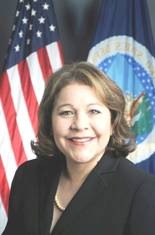
Tammye H. Treviño
Tammye H. Treviño,
former Chief Executive Officer of Families United to Utilize Regional
Opportunities, Inc. (FUTURO), a
Texas
non-profit organization that focuses on economic and community
development was appointed by President Obama to serve as Administrator
for Housing and Community Facilities Programs in the USDA's Rural
Development Agency.
Tammye H. Treviño
was born and raised in Pearsall, a small rural town in
south central
Texas
. She is one of ten children. She grew up in a family that emphasized a
strong work ethic, the value of a good education, and the importance of
public service. She has four children: Rafael, Amanda, Roberto, and
Marissa Carpinteyro.
Tammye H. Treviño
received a Bachelor’s Degree in Communications from the
University
of
Texas
at
San Antonio
and her Master’s Degree in Business Administration from
Sul
Ross
State
University
's
Rio Grande
College
in
Uvalde
,
Texas
.
From 1998 to 1999, Treviño
served as the Economic Development Director for La Salle County, Texas,
where her accomplishments included the conversion of a 47-county, South
Texas think tank into a non-profit organization to work on regional
economic development and other issues.
Since 1999, Treviño
served as CEO for FUTURO, at
Uvalde
,
Texas
, a nonprofit organization that provides housing, business, community
development and technical assistance. At FUTURO, she qualified
homeowners for loans to purchase or repair homes. FUTURO also received a
Rural Development Intermediary Relending Program loan and two Rural
Business Enterprise Program grants.
As CEO, Treviño
implemented a ten-year plan to revitalize a 6,000 square-mile region in
south
Texas
that was one of the most economically disadvantaged in the nation. Under
her leadership, FUTURO developed programs that fostered sustainable
homeownership and business development opportunities in the region,
making a real difference in the lives of rural Americans. During her
tenure at FUTURO, Treviño
worked extensively with the United States Department of Agriculture
Rural Development on housing, community facilities, and business and
cooperative services projects.
Treviño is a certified
Economic Development Finance Professional as well as a certified Housing
Development Finance Professional. She has worked with USDA Rural
Development programs. This USDA Rural Development program mission is to
increase economic opportunity and improve the quality of life for rural
residents. Rural Development fosters growth in homeownership, finances
business development and supports the creation of critical community and
technology infrastructure. Further information on rural programs is
available at a local USDA Rural Development office or by visiting USDA
Rural Development's web site at www.rurdev.usda.gov
.
Tom Vilsack, the
Agriculture Secretary stated: "Tammye Treviño is a talented,
hardworking leader who is a strong advocate for enhancing the quality of
life and economic opportunities available in rural areas," He
further stated. "For more than two decades she has worked
tirelessly on behalf of residents in South Texas and I know she will do
great things for the people of rural
America
."
Treviño brings over 25
years of experience in community development to the Department. She
would be the first
Latina
to serve in this capacity. Trevino is a lifetime advocate for rural
communities.
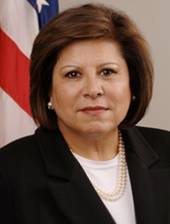
Georgina
C. Verdugo
Georgina C. Verdugo former Associate Counsel for the
Los Angeles
Unified
School District
has been appointed to serve as the Director of the office for Civil
Rights in
Washington
D.C.
She is the first woman appointed to this position.
Georgina Verdugo
received her Bachelor’s Degree from the
University
of
California
,
Los Angeles
and her Law Degree from the
University
of
San Francisco
. She also received a Master of Laws degree from the
University
of
London
(King’s College/London School of Economics), and a Master of Public
Administration degree from the
Kennedy
School
at
Harvard
University
.
From 1994 to 2002,
Verdugo practiced law in
Washington
D.C.
She served as head of the D.C. office of the Mexican American
Legal Defense and Educational Fund (MALDEF). President Clinton appointed
Verdugo to serve as Deputy Assistant Attorney General in the U.S.
Department of Justice, where she was the highest-ranking
Latina
in the Department. She directed and supervised the civil legislative
agenda for the Division of Civil Rights. She also worked as Chief of
Staff for Congresswoman Lucille Roybal-Allard of
California
; and served as Executive Director of Americans for a Fair Chance, a
collaborative civil rights project.
From 2002 to 2003,
Verdugo served as Assistant United States Attorney in the U.S.
Attorney’s Office in
San Diego
,
California
, where she served as an advisor on border crimes and civil rights
enforcement for the Department. Verdugo also served as a Federal
Prosecutor for the United States Attorney’s Office in the Southern
District of California.
From 2004 to 2008,
Verdugo served as Associate Counsel for the
Los Angeles
Unified
School District
, where she provided legal and policy advice, and advised the District
on civil rights, First Amendment rights, and other issues affecting
students and the school district.
Verdugo has written
articles and publications about civil rights, and made numerous
appearances on CNN, C-SPAN, Univision, and other media outlets.
She was also a member of the American Bar Association Commission on
Public Education, the Individual Rights and Responsibilities Council,
the Standing Committee on Gun Violence, and Chair of the Thurgood
Marshall Award Committee.
As the first woman
appointed to this position, she oversees the enforcement of Federal
civil rights laws that protect against discrimination, race, religion,
national origin, disability, age, and gender in health care and social
service programs.
"Ms. Verdugo is
joining OCR at a critical juncture given the President’s commitment to
civil rights enforcement and to privacy and security protections in
health information technology. Her 25 year distinguished record of
service both in government and in the non-profit and private sector will
be an asset to these efforts,” stated Health and Human Services
Secretary Kathleen Sebelius.
“I am honored and
privileged to have this opportunity to carry out the President’s and
Secretary’s priorities at OCR, I look forward to coordinating OCR’s
efforts within HHS and across Federal agencies, and working with
consumers and providers to effectuate civil rights and privacy
rights,” stated Verdugo.
.

Carmen M. Ortiz
Carmen Milagros Ortiz
former Assistant U.S. Attorney in the Economic Crimes Unit of the United
States Attorney’s Office in
Boston
for twelve years, is now the U.S. Attorney for the District of
Massachusetts. She is the first female and Hispanic
U.S.
attorney in the state.
Carmen Milagros Ortiz
was born in
New York City
; raised in Spanish Harlem and is of Puerto Rican descent. Carmen grew
up in a housing project, and is the oldest of five children. She is the
widow of the late Michael Morisi (1957-2000) and has two daughters,
Jacqueline and Alasandra.
Carmen Milagros Ortiz
graduated from
St.
Agnes
High School
in
Rockville
Center
. In 1978, she received her
Bachelors’ Degree from
Adelphi
University
. In 1981, she received a Law Degree from
George
Washington
University
.
At an early age, Carmen
M. Ortiz was drawn to the showmanship of the courtroom. Ortiz began her
legal career as a trial attorney in the Honors Program at the U.S.
Department of Justice's Criminal Division. “At
George
Washington
University
Law
School
I realized it wasn’t just presenting the case. It was – and … I
wanted to primarily be a prosecutor – that sense of being able to do
justice, of being able to work with victims, and then help make people
whole, people who had suffered a great tragedy. But also, being a
prosecutor was a way of ensuring that the law was abided by, not just by
citizens you would investigate and prosecute, but (also) by law
enforcement that you would work with as well,” Ortiz stated.
In 1990, she was working
at the Center for Criminal Justice at
Harvard
Law
School
. The same year she served on a commission charged by the NFL
commissioner with investigating allegations of sexual harassment against
members of the New England Patriots.
1991-94 she worked with
her late husband at Morisi and Associates in
Quincy
; as an Assistant District Attorney. She served as a prosecutor for
violent crime offenses in the Middlesex County District Attorney's
Office and has worked for the
US
attorney's office for the past 12 years, most recently in the Economic
Crimes Unit.
In her first in-depth
interview since being sworn in, she tells the “Patriot Ledger” how
TV courtroom dramas helped inspire her law career. She also said on how
her toughest cases shaped her view of law enforcement. She was excited
when she heard of her nomination directly from the late Massachusetts
Senator, Edward Kennedy.
Being the first female
and Hispanic U.S. Attorney leaves her with a tremendous amount of pride
and accomplishment. “I think it’s really important for the leaders
in government or private industry to truly represent the different
nationalities and groups that form a community and a state.”
Ortiz’ acknowledged her parents who provided her with a sense of drive
and ambition. “My mother, in particular, she would tell me that
education would be the key to a different life.”

Dr. Frank O. Mora
Dr. Frank O. Mora presently serves as Deputy
Assistant Secretary of Defense for Western Hemisphere Affairs.
Dr. Mora graduated with a Bachelor’s Degree in International Affairs
from the
George
Washington
University
in 1986. He received his Master’s Degree in Inter-American
Studies (1989) and a Doctorate Degree in International Affairs from the
University
of
Miami
(1993). He also completed studies at universities in
Peru
and
Costa Rica
.
From 2004 to 2009, Dr. Mora was Professor of the National Security
Strategy and Latin American Studies at the
National
War
College
,
National
Defense
University
. He taught courses on strategy, global security, and Latin
American
politics to senior
military and civilian officers. Dr. Mora also taught and lectured
at several government and civilian academic institutions in the US and
abroad, including the Western Hemisphere Institute for Security and
Cooperation (WHINSEC), the Universidad Catolica of Peru, Florida
International University, the U.S. Air Force Academy, Rhodes College,
Air War College, Inter-American Defense College, the University of
Miami, the Marine Command and Staff College. He also worked at the
Instituto de Altos Estudios Estrategicos (
Paraguay
).
During the last twenty
years, Dr. Mora worked as a consultant to the Library of Congress, U.S.
Department of the Air Force, Department of the Army, the Central
Intelligence Agency, the Institute for National Security Studies (INSS),
the National Democratic Institute, U.S. State Department, the
Organization of
American States
,
U.S.
Joint
Staff
,
U.S.
Southern Command, and the Office of the Secretary of Defense. Dr.
Mora has also observed elections in several countries, including
Paraguay
,
Peru
, and
El Salvador
. He has spoken at numerous conferences in the
United States
, Latin America, and
Europe
.
His opinion pieces and
other commentaries have appeared in the New York Times, Miami Herald, La
Tercera (Chile), Wall Street Journal, CNN, Los Angeles Times, El Tiempo
(Colombia), National Public Radio, Voice of America, and USA Today. Dr.
Mora is the author or editor of five books and numerous academic and
policy articles and monographs on hemispheric security, U.S.-Latin
American relations, civil-military relations, and Latin American foreign
policy.
Dr. Frank O. Mora
presently serves as Deputy Assistant Secretary of Defense for Western
Hemisphere Affairs, one of the three components of the Office of the
Assistant Secretary of Defense for Homeland Defense and
Americas
’ Security Affairs. In this position, he oversees policy issues
and defense relations involving countries in the hemisphere as well as
U.S.
government funding of hemispheric defense cooperation, and the
integration of U.S. Northern Command and U.S. Southern Command.
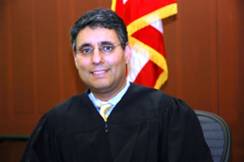
Judge Albert Diaz
Judge Albert Diaz, a
Special Superior Court Judge for Complex Business Cases in
Charlotte
,
North Carolina
, has been nominated to serve for the 4th Circuit U. S. Court of
Appeals. He will be the first Hispanic to sit on the 4th Circuit Court
of Appeals in
Richmond
,
Virginia
, if the Senate Judiciary Committee approves his nomination.
Albert Diaz, 49, of
Charlotte
,
North Carolina
was born in
New York
. He is the son of Eladio and Carmen Diaz, (both born in
Puerto Rico
) later divorced. His single mother raised him and his two brothers. His
brother Edwin Diaz, a corrections officer in
New York
, said the family originally was poor and that brother Alberto “has
achieved much” in his life. Judge Albert Diaz is married to Hilda
Diaz, who was born in
Ecuador
; the couple have one daughter; Christina Marie.
In 1983, Albert Diaz
earned a Bachelor’s Degree in Economics from the
University
of
Pennsylvania
’s
Wharton
School
, and received his Law Degree from
New York
University
in 1988. In 1993, Diaz also earned a Masters Degree in Business
Administration from
Boston
University
.
He enlisted in the
Marine Corps and began his legal career in the Marine Corps, where he
served as a prosecutor, Defense Counsel, and Chief Review Officer. He
moved to the Navy’s Office of the Judge Advocate General (JAG), where
he served for four years as appellate government counsel, handling
criminal appeals.
He left the service in
1995 for private practice, becoming an Associate Attorney with the law
firm of Hunton & Williams and represented Philip Morris USA during
tobacco lawsuits in the late 1990’s.
Diaz, served as a
Special Superior Court Judge for Complex Business Cases, Diaz was the
first Latino appointed to the North Carolina Superior Court when he was
named as a resident Superior Court Judge in 2001.
After his Nov. 4, 2009,
nomination by President Obama, the judge received an American Bar
Association rating of “unanimous well-qualified.” At the hearing,
the nominee pledged to follow rather than create law and agreed that
diversity on the bench signals to Americans that they can trust that
justice will be applied with fairness, Diaz stated, “We’re not
simply dealing with an academic exercise, but we’re affecting
people’s lives in each and every case.” He added later, “Empathy
comes ... if citizens believe they’ve gotten a fair shake.”
*Updates from Previous Articles*
Eduardo M. Ochoa: Assistant
Secretary for Postsecondary Education in the Department of Education,
confirmed June 22, 2010, (See June 2010 issue of “Somos Primos” for
complete biography)
Michael Huerta: Deputy Administrator in the Transportation
Department, confirmed June 23, 2010, (See June 2009 issue of “Somos
Primos” for complete biography)
|






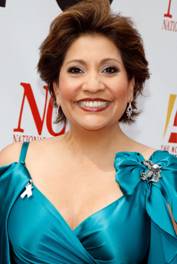
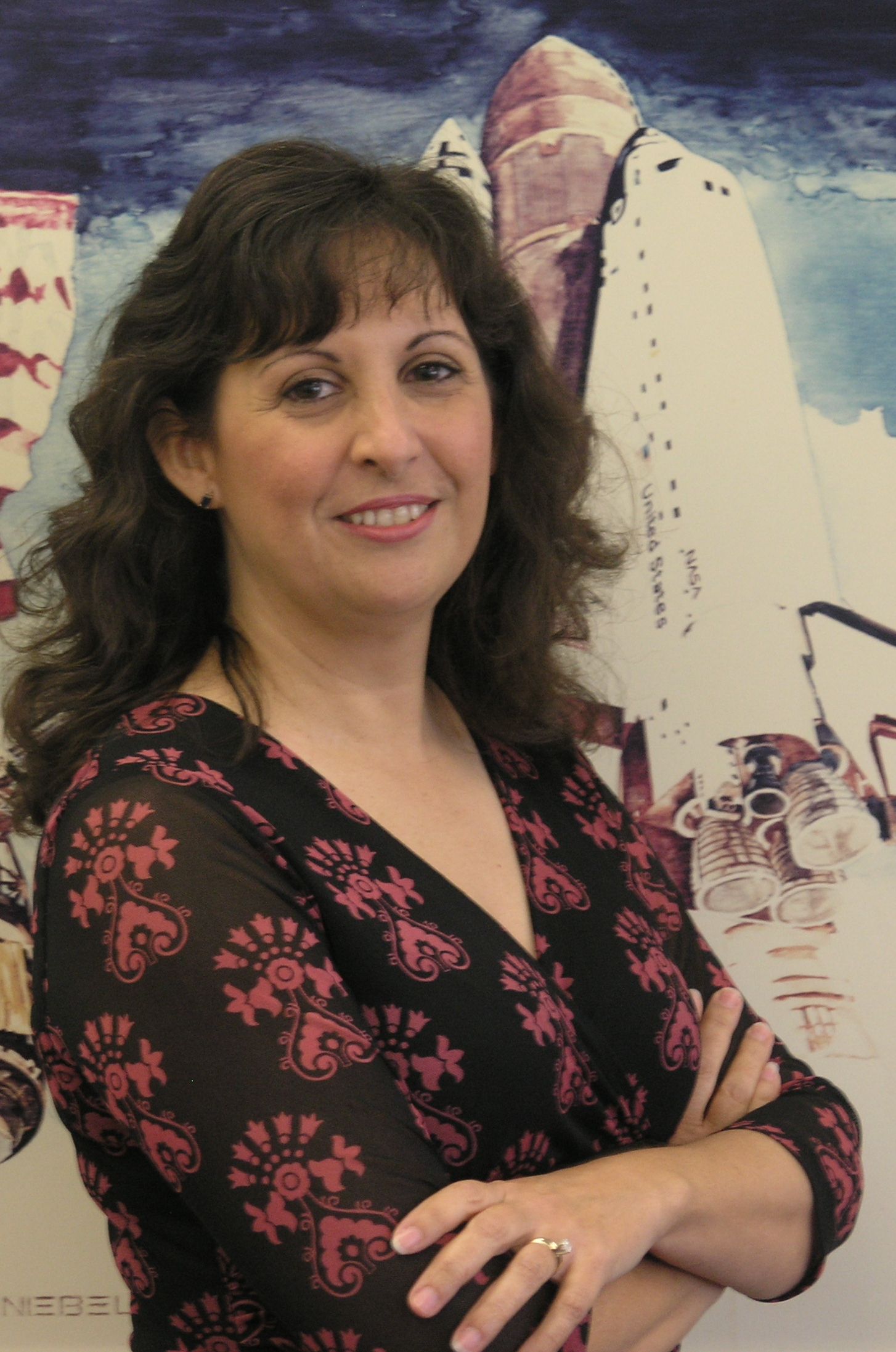

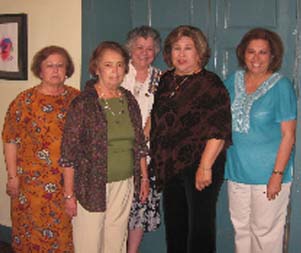


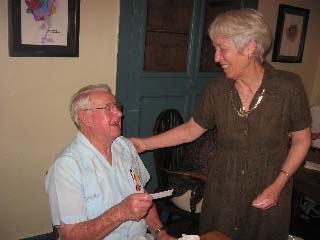
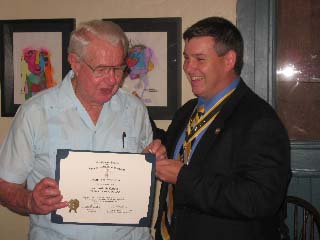
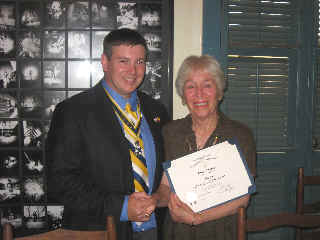


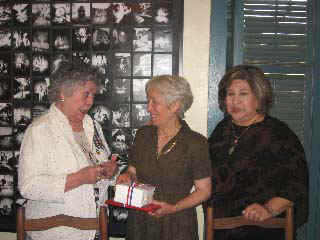
 Trip to Spain, November 6th –November 17 Our planned trip to Spain is going to be very exciting. Not only are we visiting exciting places but also planned events are well underway. We’re happy to say that we can accommodate four more travelers. If you are interested in having a wonderful trip please call me at 210-341-3824 .You can also email me at
Trip to Spain, November 6th –November 17 Our planned trip to Spain is going to be very exciting. Not only are we visiting exciting places but also planned events are well underway. We’re happy to say that we can accommodate four more travelers. If you are interested in having a wonderful trip please call me at 210-341-3824 .You can also email me at


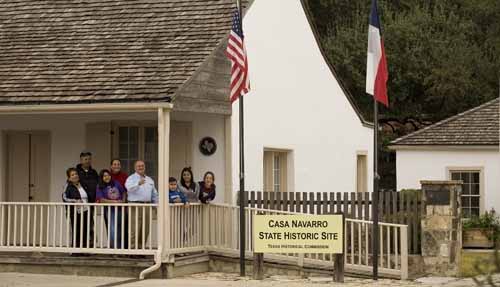 The original house complex was the residence of Texas patriot José Antonio Navarro (1795–1871). Navarro first bought the property, about 1.5 acres, in 1832. The limestone, caliche block and adobe structures were built circa 1832–1855, and Navarro moved onto the property soon after.
The original house complex was the residence of Texas patriot José Antonio Navarro (1795–1871). Navarro first bought the property, about 1.5 acres, in 1832. The limestone, caliche block and adobe structures were built circa 1832–1855, and Navarro moved onto the property soon after.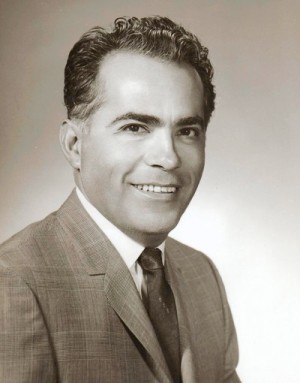 Alfonso B. Perez, a veteran administrator who helped shape special education programs in the Los Angeles Unified School District and as principal guided his alma mater, Roosevelt High, during a tense period of Chicano protest, died July 2 at Scripps Memorial Hospital in La Jolla. He was 91.
The cause was a heart attack, said his grandson, Paul Aguirre.
Alfonso B. Perez, a veteran administrator who helped shape special education programs in the Los Angeles Unified School District and as principal guided his alma mater, Roosevelt High, during a tense period of Chicano protest, died July 2 at Scripps Memorial Hospital in La Jolla. He was 91.
The cause was a heart attack, said his grandson, Paul Aguirre.


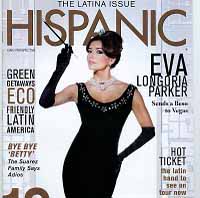 Eva Longoria is the last celebrity to grace the cover of the final issue of Hispanic magazine.
The magazine, which was founded in 1987 and was billed as the largest subscription-based Hispanic publication, has come to an end, with the Apr/May issue being its last.
Hispanic was taken over by Editorial Televisa in Nov. 2004. The Mexican company changed its name to Televisa Publishing in July of 2007.
Eva Longoria is the last celebrity to grace the cover of the final issue of Hispanic magazine.
The magazine, which was founded in 1987 and was billed as the largest subscription-based Hispanic publication, has come to an end, with the Apr/May issue being its last.
Hispanic was taken over by Editorial Televisa in Nov. 2004. The Mexican company changed its name to Televisa Publishing in July of 2007. MEXICO CITY — A new kind of Mexican immigrant is making it big in
the USA: huge Mexican corporations that are snapping up U.S. brand
names, opening U.S. factories and investing millions of pesos north of
the border.
MEXICO CITY — A new kind of Mexican immigrant is making it big in
the USA: huge Mexican corporations that are snapping up U.S. brand
names, opening U.S. factories and investing millions of pesos north of
the border.
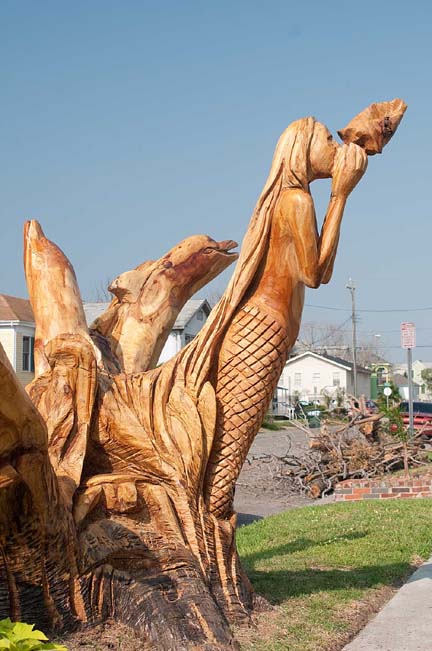
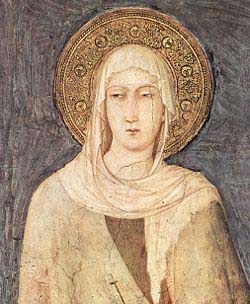 Saint Clare of Assisi (sometimes spelled Clair, Claire,
etc.), born Chiara Offreduccio (July 16, 1194 – August 11,
1253) is a
Saint Clare of Assisi (sometimes spelled Clair, Claire,
etc.), born Chiara Offreduccio (July 16, 1194 – August 11,
1253) is a 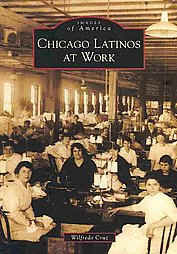 Many of the books you can preview on Google Books are still in copyright, and are displayed with the permission of publishers and authors. You can browse these "limited preview" titles just as you would in a bookstore, but you won't be able to see more pages than the copyright holder has made available.
Juan Marinez
Many of the books you can preview on Google Books are still in copyright, and are displayed with the permission of publishers and authors. You can browse these "limited preview" titles just as you would in a bookstore, but you won't be able to see more pages than the copyright holder has made available.
Juan Marinez

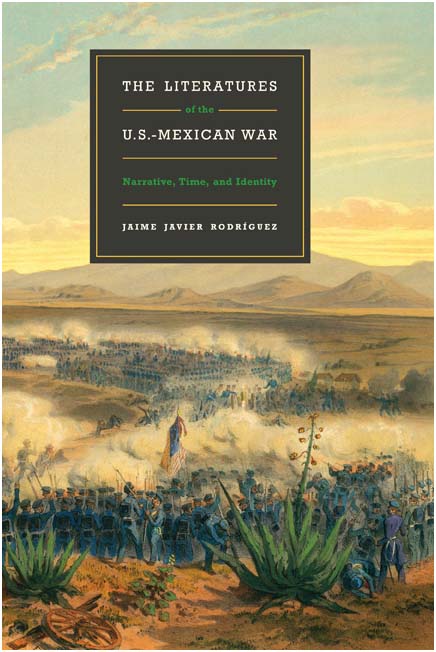
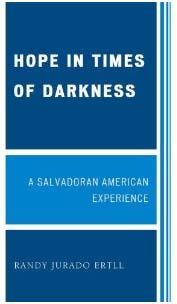


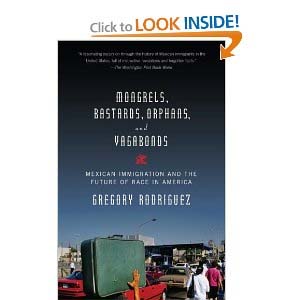
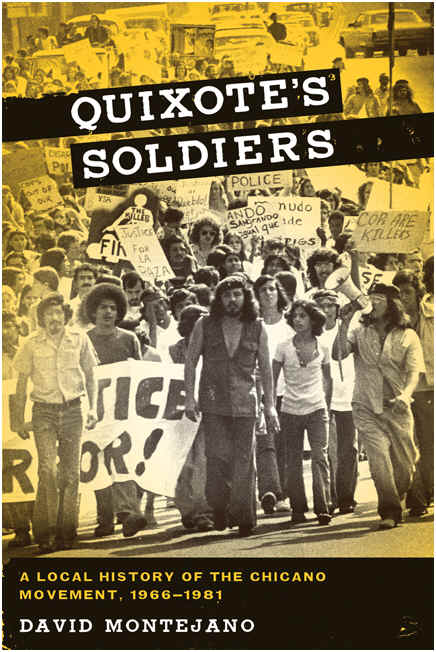
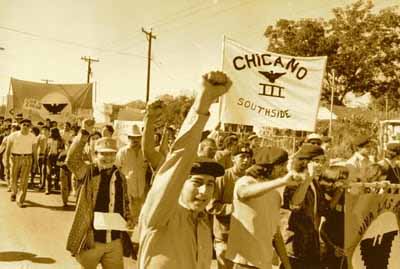 Unlike many academic books steeped in jargon, Quixote’s Soldiers is a fascinating look into the making and undoing of el movimento chicano and more specifically traces “some parts and tactics to its history of the Chicano movement in San Antonio.”
Unlike many academic books steeped in jargon, Quixote’s Soldiers is a fascinating look into the making and undoing of el movimento chicano and more specifically traces “some parts and tactics to its history of the Chicano movement in San Antonio.” 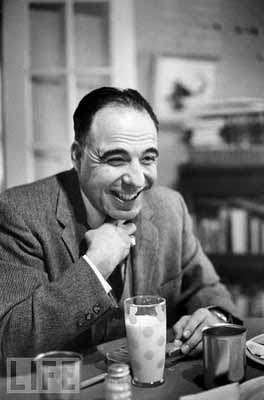
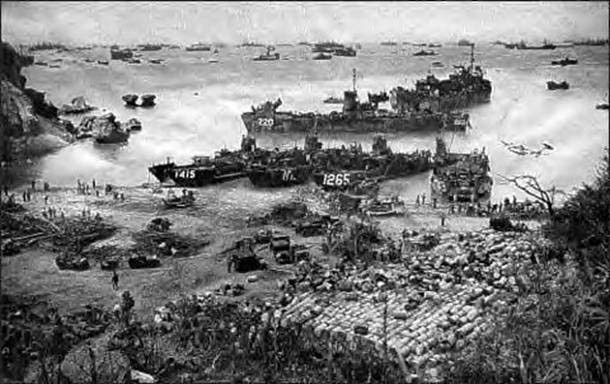

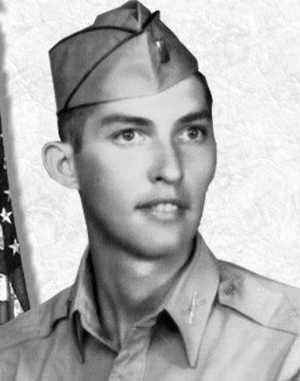

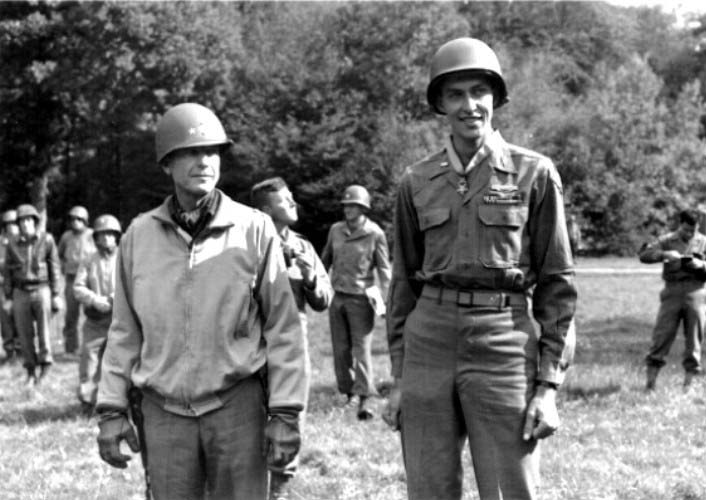
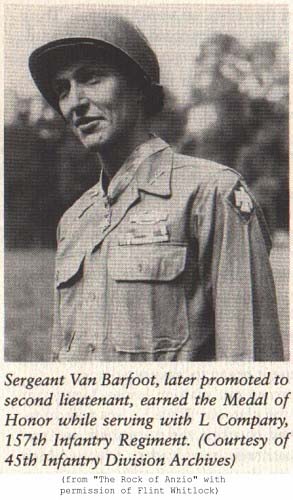
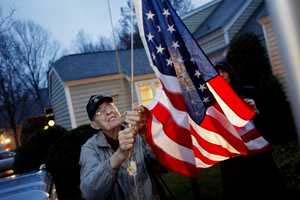
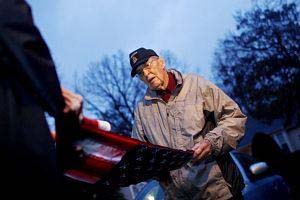

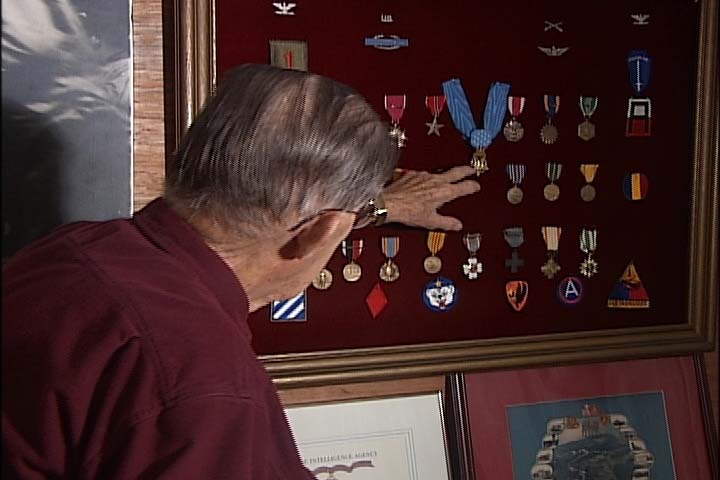
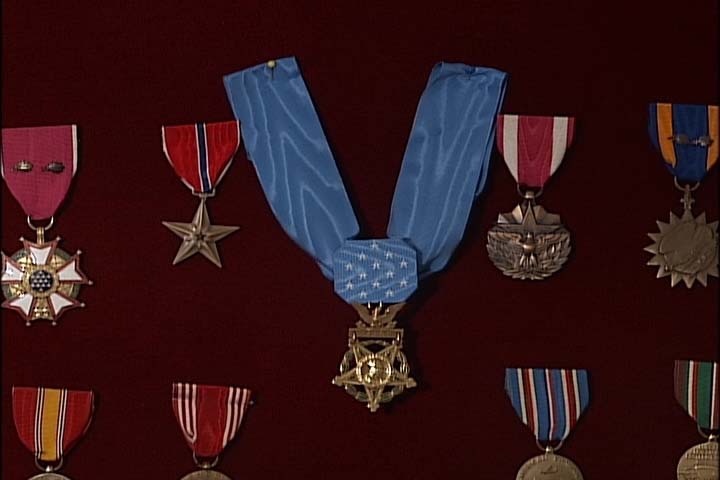
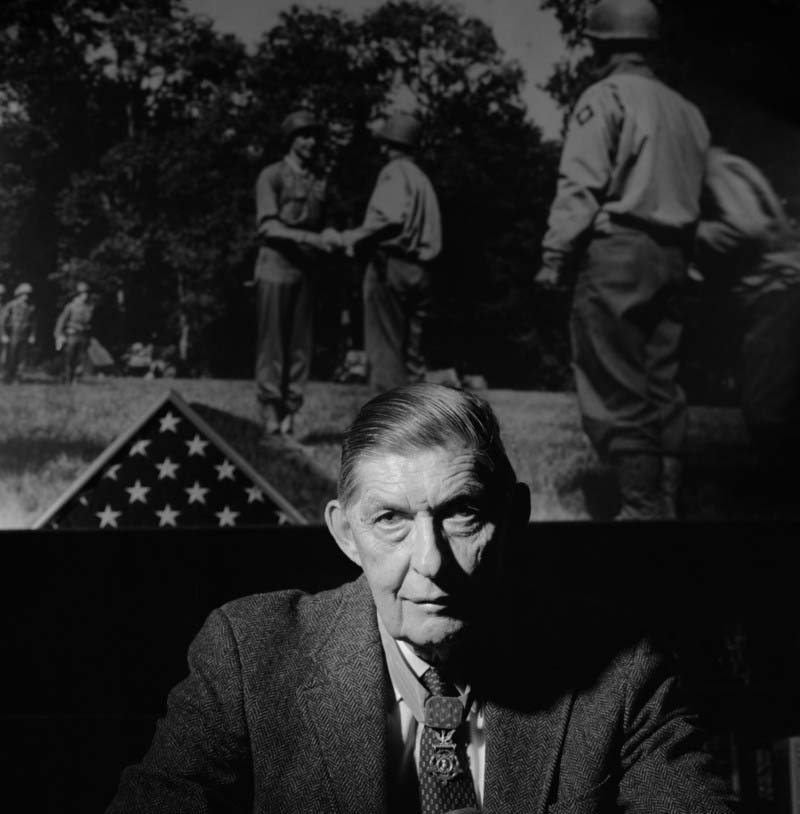
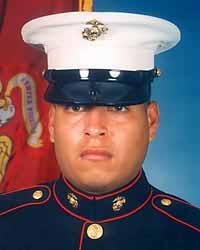

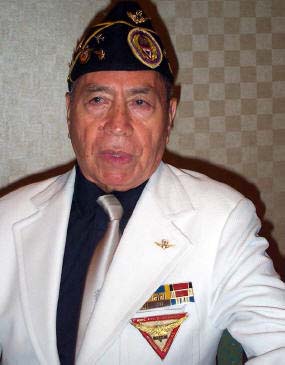
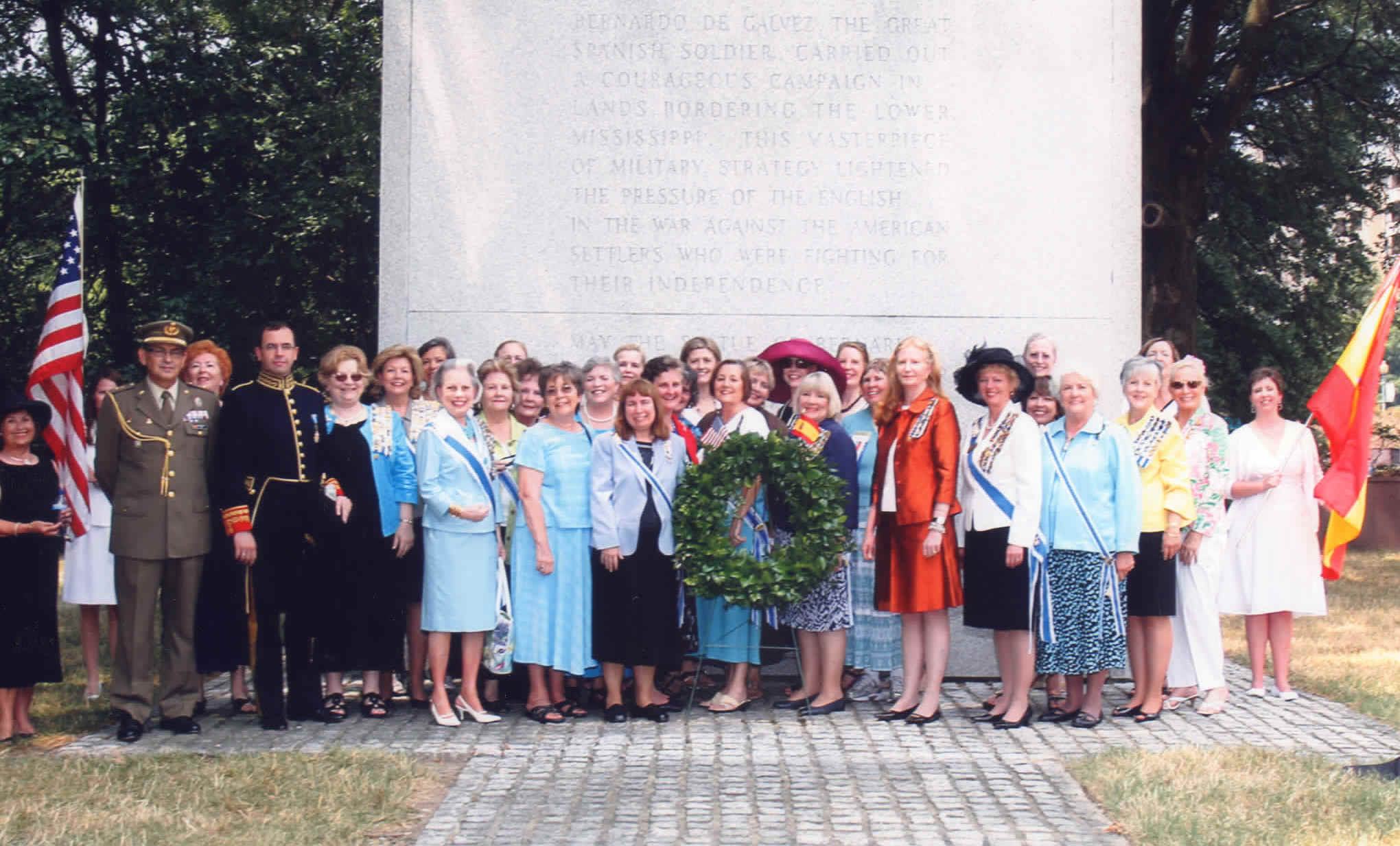

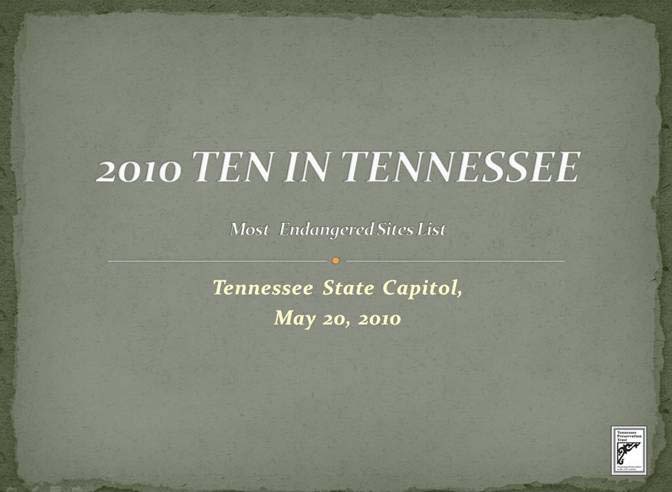
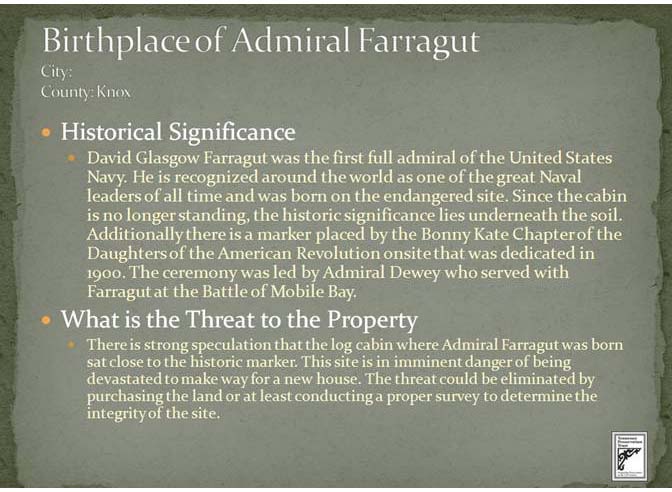
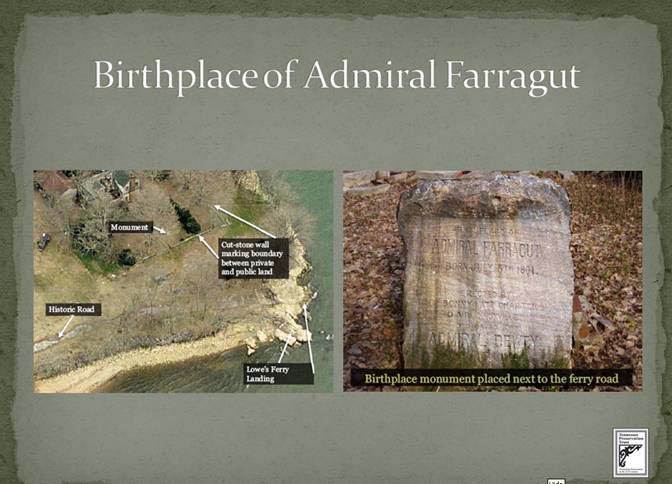



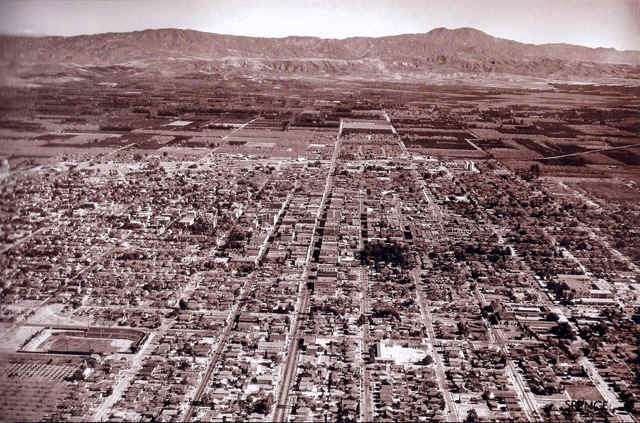
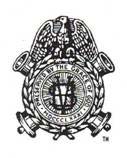
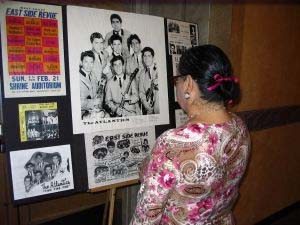
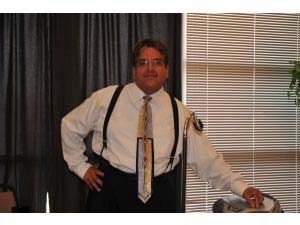


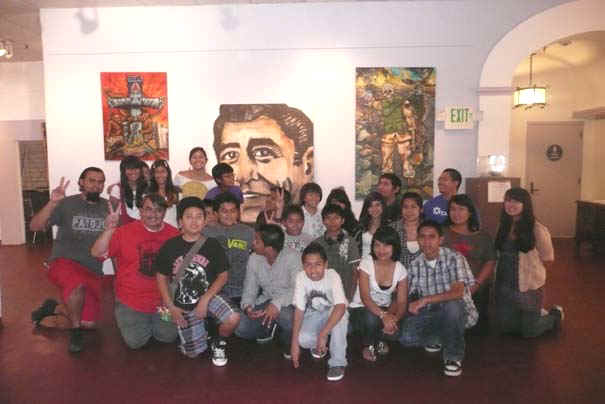
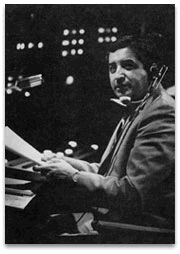 The Chicano journalist spent a lot of his career taking officialdom to task. Now some officials could help shed light on his mysterious death.
In life and in death, strange things happened to Ruben Salazar.
The Chicano journalist spent a lot of his career taking officialdom to task. Now some officials could help shed light on his mysterious death.
In life and in death, strange things happened to Ruben Salazar.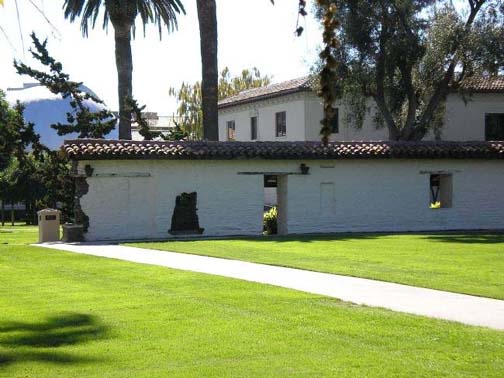 By Mathew H. Kohnen,
By Mathew H. Kohnen, 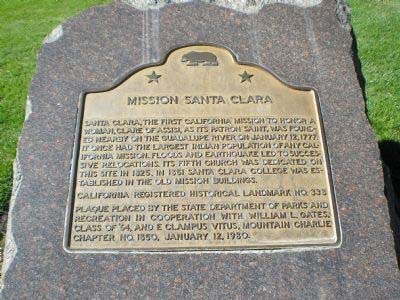
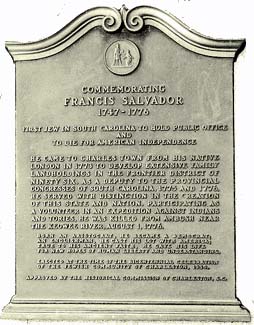

 Atlanta,
GA (June 15, 2010) -- On Tuesday, June 29th at 11:30 a.m., history
will be made as the first African American in the state of Georgia
will be inducted into the National Society, Sons of the American
Revolution (NSSAR). In a ceremony at the Georgia State Capitol,
Lieutenant Commander Michael Nolden Henderson, a retired U.S. Naval
Officer and graduate of Xavier University of Louisiana, will be
acknowledged by induction into the Button Gwinnett Chapter, the
Georgia Society SAR for his efforts in tracing his Louisiana Creole
ancestry to an American Revolutionary War patriot.
Atlanta,
GA (June 15, 2010) -- On Tuesday, June 29th at 11:30 a.m., history
will be made as the first African American in the state of Georgia
will be inducted into the National Society, Sons of the American
Revolution (NSSAR). In a ceremony at the Georgia State Capitol,
Lieutenant Commander Michael Nolden Henderson, a retired U.S. Naval
Officer and graduate of Xavier University of Louisiana, will be
acknowledged by induction into the Button Gwinnett Chapter, the
Georgia Society SAR for his efforts in tracing his Louisiana Creole
ancestry to an American Revolutionary War patriot.

 The community of Losoya welcomes you to the “Tejano Battle of Medina Memorial Service.” The event will begin at 2 P.M in the air conditioned community hall on Saturday August 21, 2010. Scheduled speakers are Senator Gonzalo Barrientos and former Mayor of Austin, Gus Garcia ; also Texas Authors Robert
Thonhoff, Jose Antonio Lopez and Dan Arellano, with Master of Ceremonies Maclovio Perez.
The community of Losoya welcomes you to the “Tejano Battle of Medina Memorial Service.” The event will begin at 2 P.M in the air conditioned community hall on Saturday August 21, 2010. Scheduled speakers are Senator Gonzalo Barrientos and former Mayor of Austin, Gus Garcia ; also Texas Authors Robert
Thonhoff, Jose Antonio Lopez and Dan Arellano, with Master of Ceremonies Maclovio Perez. 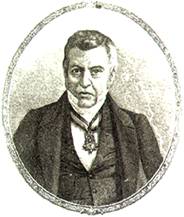

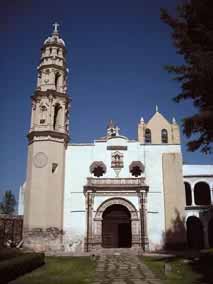
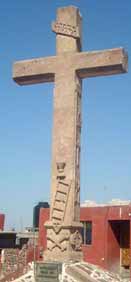

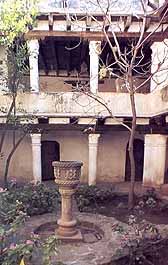
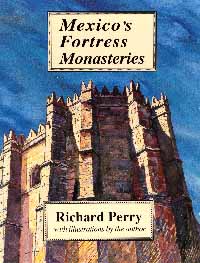

 "Today with the advancement of medicine, knowing the history of our family could save or at least improve the quality of life for our families."
Daniela is an important genealogist that lives in Argentina. Her great interest, research and passion for genealogy resulted in several web pages, one recently launched in English. These sites are of a great interest and guide for all those who are new to genealogy. Also can be a great resource for people that are investigating their Spanish roots. For MyHeritage it is an honor to present this interview we did with her.
"Today with the advancement of medicine, knowing the history of our family could save or at least improve the quality of life for our families."
Daniela is an important genealogist that lives in Argentina. Her great interest, research and passion for genealogy resulted in several web pages, one recently launched in English. These sites are of a great interest and guide for all those who are new to genealogy. Also can be a great resource for people that are investigating their Spanish roots. For MyHeritage it is an honor to present this interview we did with her.